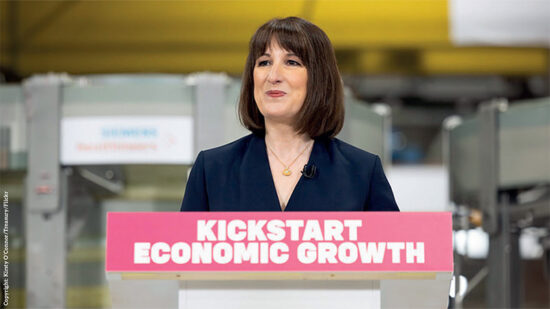The spread of a global pandemic over the past six months created one of the most volatile periods in markets in at least a decade.
A precipitous decline in March was followed by a sharp recovery during the second quarter, not only in India but globally, writes Ramesh Mantri, director of investments at White Oak Capital Management.
India went through one of the most stringent nationwide lockdowns.
Subsequently, there have been major relaxations of restrictions and, in most parts of the country, a gradual normalisation of economic activity is currently underway.
At the same time, we now live with the sobering reality that the number of infections remains high, with India now having the third largest case count, following the US and Brazil.
Tough choices
Globally, governments and policymakers continue to face a discordant choice between lives and livelihoods.
The Indian economy is facing a significant challenge. It is expected to contract by mid-single digits and corporate earnings might decline somewhat more during the current year.
We expect this to rebound next year and believe the economy will exit 2022 the same size that it was in 2020.
The Indian government announced several rounds of economic stimulus amounting to circa 2% of GDP, primarily aimed at providing income support to vulnerable segments of the population and addressing survival needs of small businesses.
The Central Bank simultaneously stepped in with large liquidity injections and multiple interest rate cuts. India’s benchmark policy rate stands at 4.0%, down 125 bps since the outbreak of covid.
In addition, the government has announced several initiatives to garner greater share of global manufacturing, as corporates around the world look to diversify their supply chain beyond China.
This can further accelerate the growth trends in manufacturing industries such as consumer durables, electronics and specialty chemicals.
Reserves and ratings
Unlike most other emerging markets, India benefits from the fall in oil prices, given that it imports over 80% of its requirements.
At current Brent crude prices of around $40/bbl, India is expected to save ~$30bn (£23.6bn, €26.1bn), and consequently the current account deficit (CAD) is expected to turn positive.
Fiscal deficit is expected to inch up to 7.1% in 2021, from 4.5% in 2020, largely on account of revenue shortfalls and a smaller denominator effect due to GDP contraction.
However, a low external debt-to-GDP and over $500bn of forex reserves are supportive of a stable macro environment.
Another recent development has been Moody’s downgrade of India’s Sovereign rating by a Notch to Baa3, bringing it at par with S&P and Fitch which are both at BBB-.
Despite the downgrade, empirical evidence suggests that there is no historical correlation between a country’s sovereign rating downgrade and subsequent equity market returns or investment flows.
In geo-political developments, tensions escalated between Indian and Chinese troops along the northern border with several casualties on both sides.
As this article is written, the situation appears to be de-escalating after several rounds of high-level talks on a roadmap to disengagement.
Reforms
Despite the all-round uncertainty, several Indian corporates were able to raise large sums of capital from the equity markets. Collectively, Reliance ($22bn), HUL ($3.4bn), Kotak Bank ($2bn) and Bharti Airtel ($1bn) have seen over $25bn of transactions.

In continuation of its agenda to push reforms over the coming years, the government has announced some major agricultural and labour initiatives.
The agricultural reforms entail substantial deregulation of production, supply, distribution and prices for agricultural commodities, in essence liberalising India’s agricultural markets that have long been shackled by regulations that remained untouched due to political sensitivity.
If implemented as announced, this reform will go a long way to transforming India’s agricultural economy.
As advisers to the Ashoka India Equity Trust, we believe that strong businesses will emerge even stronger through this crisis, as weaker and informal competition struggle to survive in a tough demand environment.
This article was written for International Adviser by Ramesh Mantri, director of investments at White Oak Capital Management and investment adviser to the Ashoka India Equity (AIE) Trust.








